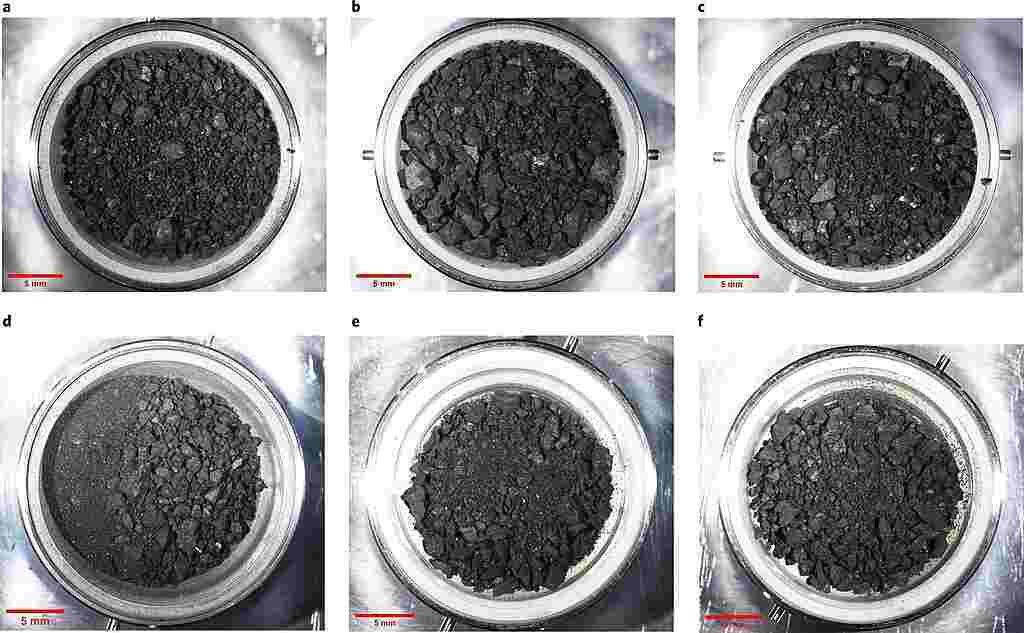Understanding Standard Temperature and Pressure (STP) in Chemistry: A Comprehensive
What is the standard temperature and pressure condition? This is partially arbitrary conditions for laboratory experiments and measurements in physics and chemistry. Normal temperature: 0 °C or 273.15 K or 32°F); Normal pressure: 1 atm (average value of atmospheric pressure on the ground). In chemistry, the IUPAC defines normal pressure as 1 bar.
However, other conventions are sometimes encountered, such as a temperature of 25°C (298.15 K) and a pressure of 1 bar (i.e. 0.986 atmosphere or 100,000 Pa).
In summary, STP serves as a standardized reference for conducting experiments and analyzing gas behavior in chemistry. Understanding STP conditions enables scientists to compare data accurately and make meaningful interpretations in various scientific fields.
Ideal gas Law
Since the volume of a gas depends on the temperature and pressure, one mole of an ideal gas at STP conditions has a volume of 22.4 liters. This volume can be found using the ideal gas law, PV=nRT.
P: Pressure in atm
V: Volume in liter
n: # of moles of material in mole
R: The Ideal Gas Constant in 0.08206 L.atm.mol-1.K-1
T: Temperature in Kelvin
Read also: PHYSICS | Fundamental SI Units of Measurement, SI Derived Units, Names and Symbols
Molar volume at standard conditions of temperature and pressure
Under normal conditions of temperature and pressure, the molar volume is equal to 22.414 L/mol but this varies according to the temperature.
Under normal pressure conditions, the boiling point of water is 100°C but, again, this temperature varies with pressure according to a curve given by the phase diagram of water.
No normal temperature in chemistry
It can be noted that physicists are quicker than chemists to use the notion of normal temperature. In fact, in chemistry, temperature is a major element in the results of the chemical reactions studied.
It can also be clarified that there are other definitions of normal temperature. Thus, in the oil and gas industry, this is set at 288.15 K or 15°C.
Note: these are also the “normal conditions of temperature and pressure” (NCTP) in chemistry, the term “normal” referring to Standard (arbitrary reference value accepted by consensus), and not “usual”.
It is also referred to as “normal temperature and pressure” (NTP).
The expression “ambient conditions of temperature and pressure” (CATP) specifies a temperature of 25°C (298.15 K) and a pressure of 100 kPa (1 bar).
The “ambient temperature” is 25°C; if the pressure is not specified, a pressure of 100 kPa is implicitly assumed.
Although there are variations to this definition, the most common is the temperature and pressure at which the self-ionization equilibrium constant of water is 1.0·10-14.
The total molar mass of dry air is M = 28.966.
Other frequently used conditions are
NTP (Normal Temperature and Pressure) and SATP (Standard Ambient Temperature and Pressure). NTP is defined as a gas at 293.15 Kelvin (20°C) and 105 Pascals. And SATP is defined as a gas at 298.15 K (25°C) and 105 Pascals.
Examples Standard Temperature and Pressure (STP)
Which of the following values correspond to normal conditions of temperature and pressure?
(A) 1 atmosphere, 25 degrees Celsius.
(B) 0 atmosphere, 0 degrees Celsius.
(C) 1 atmosphere, 0 degrees Celsius.
(D) 25 atmospheres, 1 degree Celsius.
(E) 2 atmospheres, 25 degrees Celsius.
Answer: C) 1 atmosphere, 0 degrees Celsius.
Avogadro’s law
Avogadro’s law applies in chemistry to help us better understand the relationship between volume and the number of moles of a gas. This law states that the volume and number of moles of a gas are directly proportional at constant temperature and pressure. We can represent Avogadro’s law using the following proportionality expression. 𝑉 is proportional to 𝑛, where 𝑉 represents the volume of a gas and 𝑛 represents its number of moles.
Now, for this proportion to be true, the temperature and the pressure must remain constant. If the temperature or pressure varies at any time during the experiment, the proportion between the volume and the number of moles of gas will also vary. This important gap in Avogadro’s law is why scientists felt the need to define normal conditions of temperature and pressure, STP, so that other values could be compared with each other. STP defines normal temperature as 0 degrees Celsius and normal pressure as 1 atmosphere, abbreviated as atm. STPs are important because they allow scientists to obtain much more accurate and complete data, and to compare it to the work of other scientists.
For example, since we know that in STPs the volume and the number of moles are directly proportional, and that this relationship will remain constant, we can use a graph to predict or determine the volume for a certain number of moles, which is known as molar volume. The consistency of this rule means that if we draw a graph of volume against the number of moles, we get a straight line. Predictions can therefore be made to compare experimental results with accuracy. However, if the conditions were not within the STPs, our graph would not be linear and therefore we could not make any predictions. Thanks to STPs, we can ensure that the measured values, such as molar volume, will be exact and always the same.
Now let’s look at our question. We learned that normal temperature is 0 degrees Celsius and normal pressure is 1 atmosphere. So, which answer choice fits our definition? As we can see, only answer choice (C) matches our definition of STPs. The correct answer is 1 atmosphere, 0 degrees Celsius.
Sources: PinterPandai, ScienceDirect, WhatIs
Main photo powered by Midjourney
Coldest Cities in the World: Exploring Extreme Winter Climates



